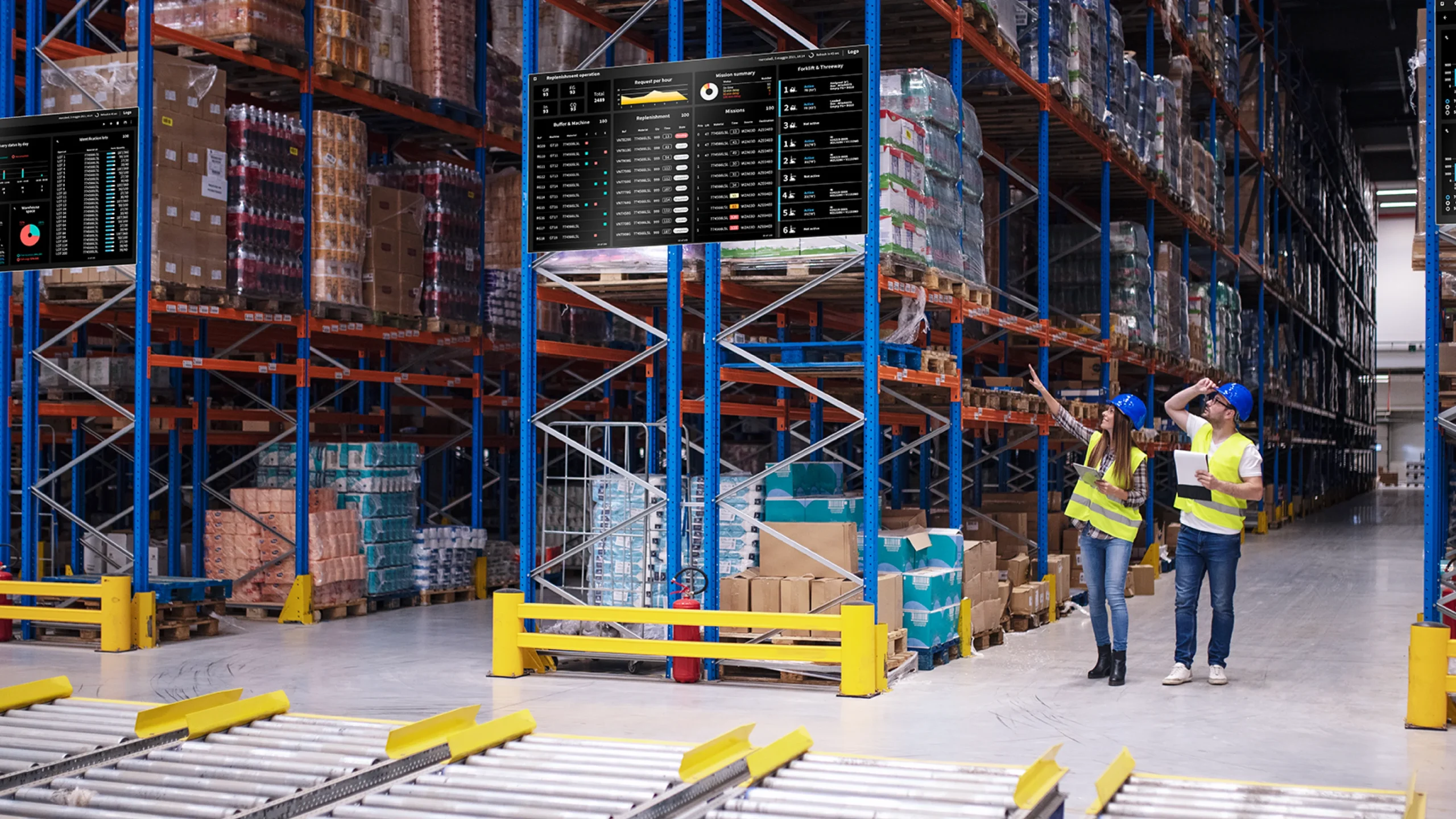In the fast-paced world of logistics, warehouses are more than just storage spaces; they are dynamic environments that require constant innovation to meet the challenges of modern business demands. From automation to advanced software solutions, the field of warehouse management is evolving to increase efficiency, accuracy, and customer satisfaction. This guide explores cutting-edge techniques that are shaping the future of warehouse operations.
Embracing Technology for Enhanced Operations
The first step in modernizing warehouse operations involves integrating technology that can streamline processes and reduce human error. Automation and robotics are at the forefront, handling repetitive tasks such as picking and packing, which not only speeds up the process but also decreases the likelihood of mistakes. Utilizing Third Party Logistics Software can further optimize these operations by integrating various functions into a single platform, providing a holistic view of the warehouse’s performance and enabling better decision-making.
Smart Inventory Management
Effective inventory management is crucial for reducing costs and improving service delivery. Here are some innovative strategies:
- RFID Technology: Using Radio Frequency Identification (RFID) tags allows for real-time tracking of inventory throughout the warehouse. This technology provides accurate stock levels and location data, significantly reducing the time spent on manual counts and searches.
- IoT Integration: The Internet of Things (IoT) connects various devices within the warehouse, from forklifts to conveyor belts, to gather data on operations. This data can be used to predict maintenance needs, optimize routes, and ensure equipment is used efficiently.
- Dynamic Slotting: Software algorithms can dynamically assign products to slots based on various criteria such as sales velocity or picking efficiency. This adaptive approach can significantly reduce pick times and increase the responsiveness of the warehouse to changing market demands.
Enhancing Worker Productivity and Safety
The well-being and efficiency of warehouse staff are paramount. Innovations focused on improving the working environment can lead to greater productivity and reduced turnover.
- Ergonomic Solutions: Implementing ergonomic tools and equipment helps reduce physical strain on workers, which can lead to fewer injuries and lower absenteeism.
- Wearable Technology: Devices such as smart glasses or wrist-mounted controllers can provide workers with hands-free operations, enhancing efficiency and reducing the risk of accidents.
- Advanced Training Tools: Virtual reality (VR) and augmented reality (AR) can be used for training staff, providing them with a realistic and interactive environment to learn in without the risks associated with on-the-job training.
Utilizing Data Analytics for Strategic Insights
Data is a goldmine for warehouses that want to predict future trends and improve their operations.
- Predictive Analytics: By analyzing historical data, warehouses can forecast future demand, adjust inventory levels, and optimize staffing schedules.
- Performance Metrics: Detailed analytics on various performance metrics allow managers to identify bottlenecks, assess workflows, and implement changes to improve efficiency.
- Customer Behavior Insights: Analyzing data related to customer orders can help warehouses adapt their operations to better meet customer expectations, such as faster delivery times or improved order accuracy.
Sustainability Practices in Warehouse Operations
As environmental concerns continue to grow, warehouses are adopting more sustainable practices to minimize their ecological footprint.
- Energy-Efficient Systems: Installing solar panels, using LED lighting, and optimizing heating and cooling systems can significantly reduce energy consumption.
- Waste Reduction Initiatives: Implementing recycling programs and choosing reusable packaging materials help reduce waste. Additionally, software can optimize packing to minimize unused space and materials.
- Green Building Certifications: Pursuing certifications like LEED can not only reduce operational costs but also boost the warehouse’s reputation among environmentally conscious consumers.
Continuous Improvement Through Feedback Loops
A culture of continuous improvement is essential for keeping up with the ever-evolving demands of warehouse management.
- Employee Feedback: Regularly soliciting feedback from staff can uncover practical insights into daily operations and potential improvements.
- Customer Surveys: Customer feedback is invaluable for assessing satisfaction and identifying areas for improvement.
- Regular Audits: Conducting regular audits of processes and operations ensures that standards are maintained and improvements are made over time.
Warehouse innovation is not just about adopting new technologies; it’s about creating a synergistic environment where technology, people, and processes work together to meet modern challenges. By embracing these innovative techniques, warehouses can enhance their operations, improve worker safety, and meet the increasing demands of customers in an efficient and sustainable manner. As the landscape of logistics continues to evolve, those who innovate will lead the way in delivering value and excellence in the supply chain.
Top of Form
